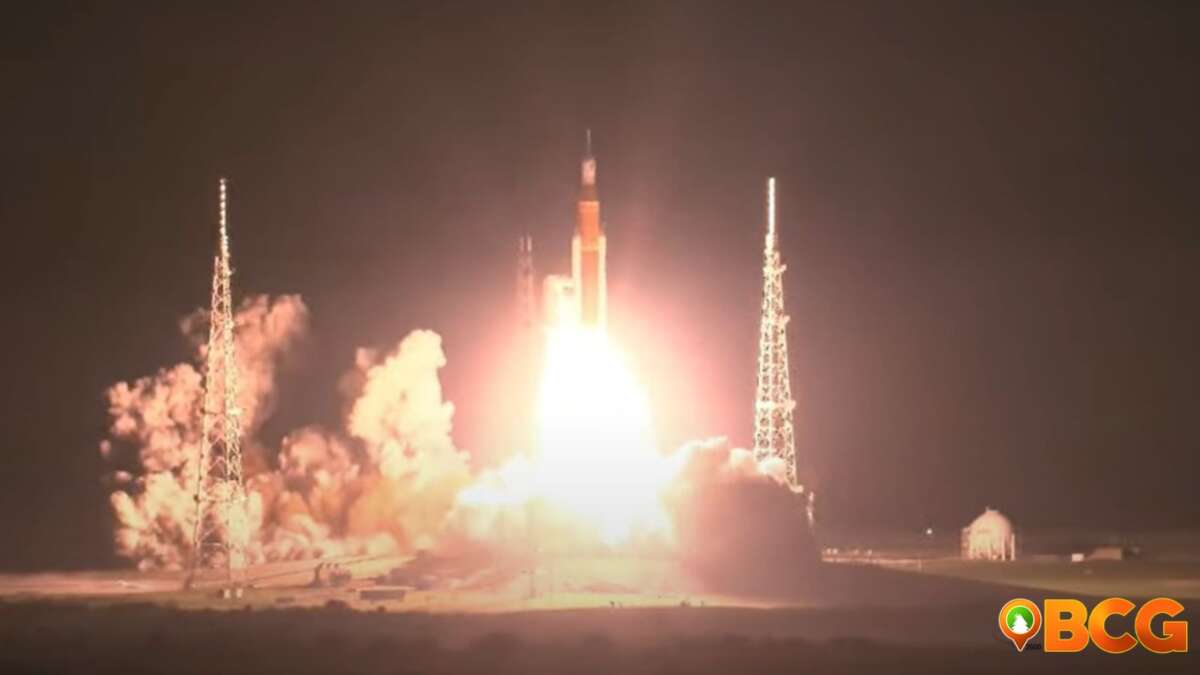NASA Discovers Water on the Moon’s Sunlit Surface
For the first time, using the National Aeronautics and Space Administration’s (NASA) Stratospheric Observatory for Infrared Astronomy (SOFIA), it was confirmed that water was found on a sunlit surface of the Moon.
For the 1st time, molecular water was discovered on a sunlit surface of the Moon, suggesting water may not be limited to cold, shadowed places. Goddard postdoc Dr. Casey Honniball, made the discovery using NASA's @SOFIAtelescope airborne observatory. https://t.co/TUFKK8Rl9x pic.twitter.com/1wiy05yS4r
— NASA Goddard (@NASAGoddard) October 26, 2020
Furthermore, the discovery of water on the moon indicates that water may be distributed across the lunar surface, and not limited to cold, shadowed places. And, according to the scientists, they think that the water could be stored inside glass beadlike structures within the soil that can be smaller than the tip of a pencil.
Where was the Water Detected?

This illustration highlights the Moon’s Clavius Crater with an illustration depicting water trapped in the lunar soil there, along with an image of NASA’s Stratospheric Observatory for Infrared Astronomy (SOFIA) that found sunlit lunar water. Credits: NASA/Daniel Rutter
Through SOFIA, the world’s largest airborne observatory, water molecules (H2O) were detected in the Clavius Crater located in the Moon’s southern hemisphere. Also, Clavius Crater is one of the largest craters visible from Earth. And, according to data from the Clavius Crater, the water detected is equivalent to a 12-ounce bottle of water trapped in a cubic meter of soil spread across the lunar surface.
Possible Ways How the Water Was Created and Stored
According to NASA, here are the possible ways of how the water was created and stored:
- Micrometeorites raining down on the lunar surface, carrying small amounts of water, could deposit the water on the lunar surface upon impact.
- There could be a two-step process whereby the Sun’s solar wind delivers hydrogen to the lunar surface and causes a chemical reaction with oxygen-bearing minerals in the soil to create hydroxyl.
- Radiation from the bombardment of micrometeorites could be transforming that hydroxyl into water.
- How the water was stored?
- The water could be trapped into tiny beadlike structures in the soil that form out of the high heat created by micrometeorite impacts.
- The water could be hidden between grains of lunar soil and sheltered from the sunlight potentially making it a bit more accessible than water trapped in beadlike structures.
New Challenges and Questions
In the statement of Paul Hertz, the director of the Astrophysics Division in the Science Mission Directorate at NASA Headquarters in Washington, he said that the discovery of water on the moon challenges their understanding of the lunar surface and raises intriguing questions about resources relevant for deep space exploration.
“We had indications that H2O – the familiar water we know – might be present on the sunlit side of the Moon,”
“Now we know it is there. This discovery challenges our understanding of the lunar surface and raises intriguing questions about resources relevant for deep space exploration.”
-Paul Hertz
Also, the amount of water SOFIA detected was 100 times less than what’s found in the Sahara Desert. The discovery of the small amount of water on the moon has raised new questions about how water is created and how it persists on the harsh, airless lunar surface.
Artemis Program of NASA
According to the agency, they are eager to learn all it can about the presence of water on the Moon. Through NASA’s Artemis Program, the agency will send the first woman and next man to the lunar surface in 2024. And, with the agency’s program, they will be establishing a sustainable human presence there by the end of the decade.
“Under NASA’s Artemis program, the agency is eager to learn all it can about the presence of water on the Moon in advance of sending the first woman and next man to the lunar surface in 2024 and establishing a sustainable human presence there by the end of the decade.”
-NASA
Source: NASA













